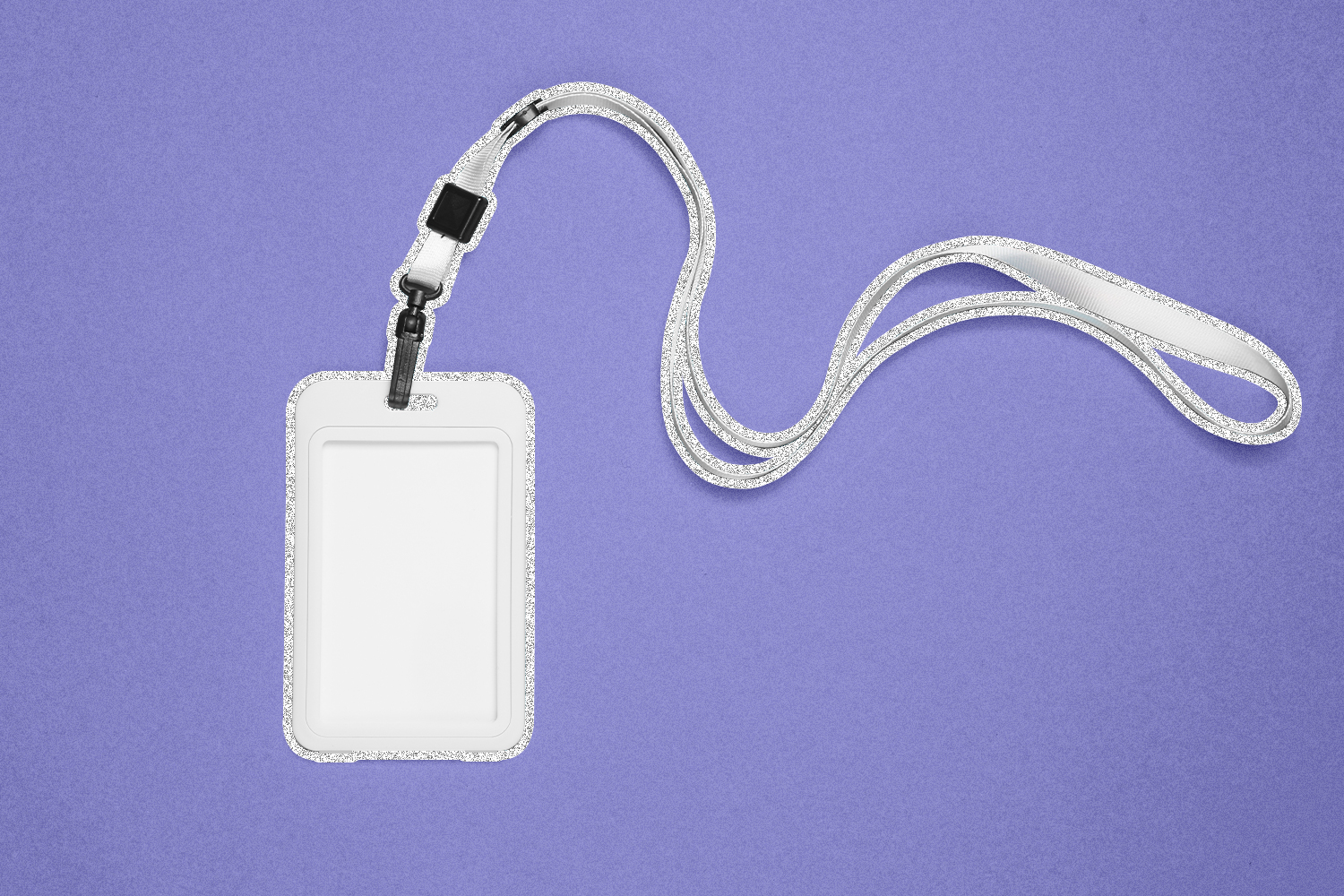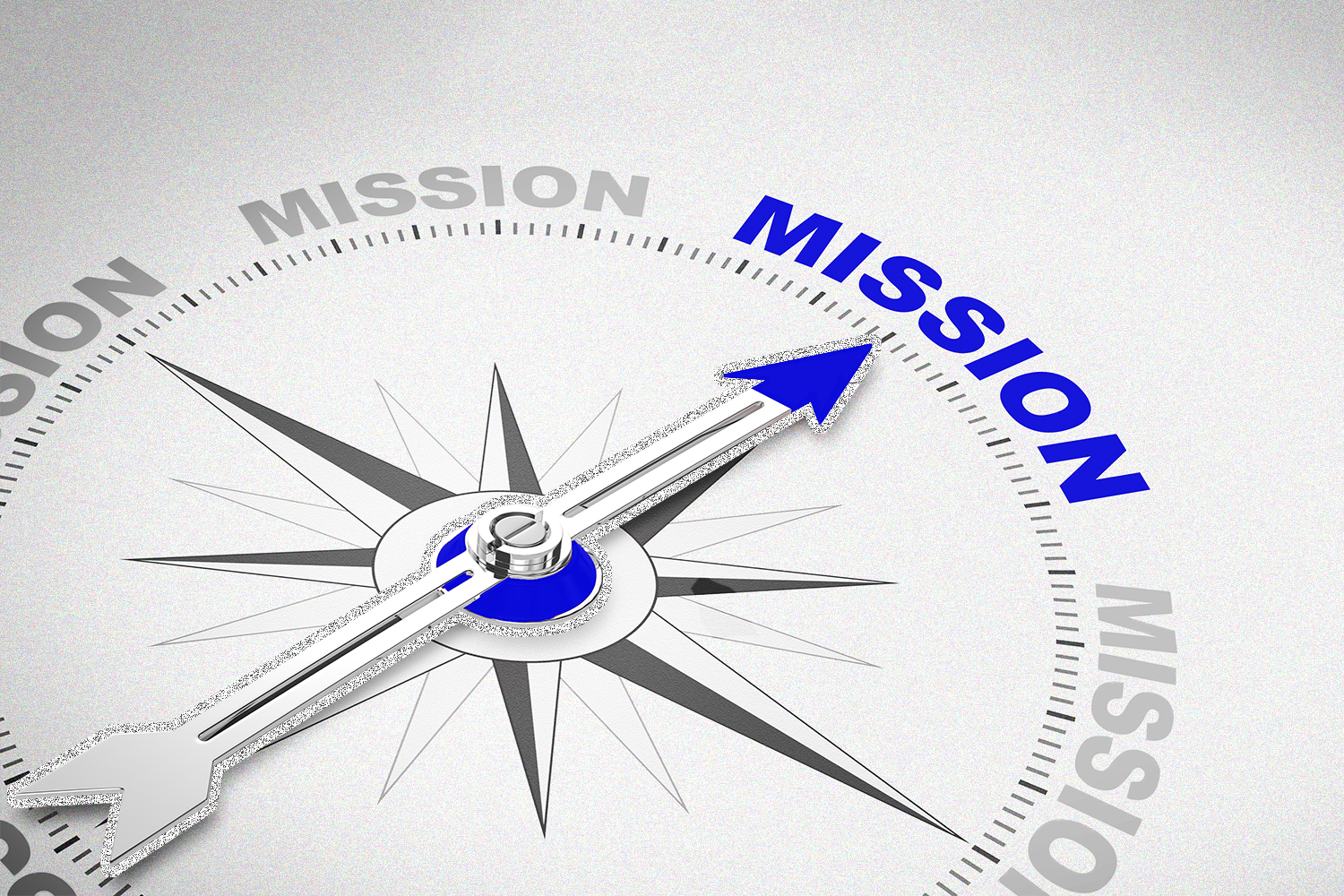Long lines at the airport and flight cancellations have left many business travelers seeking other options, including flying private. However, the cost — of the aircraft itself, the insurance, the access to parking and routine maintenance — may stifle your interest in private jet ownership.
Chartering a jet offers another solution by allowing you to sign up to use a private jet in advance. Unlike owning an aircraft, the chartering company will staff your flight and make sure the jet is in safe conditions to take to the sky.
Before you sign up for a chartering service, here are six frequently asked questions you need to know to better understand the process.
1. How Does Chartering a Jet Work?
You’ll determine the jet type to charter, decide the time and place for your departure and pick where you’ll be going. The charter company takes care of all the work from there — the jet will be at the departure destination at the time specified with a pilot and crew waiting for you.
It’s true that most jet charters are done by members who have pre-paid large amounts of money on jet cards. Each time a user purchases a trip, travel costs are deducted from the jet-card account. However, companies like XO and Wheels Up offer pay-as-you-go membership programs. These are ideal for the newer consumer not ready to deposit hundreds of thousands of dollars into an account for future travel.
2. How Much Does It Cost to Charter a Jet?
While jet ownership is the most expensive option, there is no “cheap” option available for chartering a private flight. The cost of a trip will vary based on your needs. The type of jet, class of charter and length of flight will all impact how much you pay.
Before you book hours on a plane, you’ll have to pay for a membership. The level of membership determines how far out you can arrange flights and other restrictions. When beginning your search for the right service, know that there are four types of memberships.
- Fractional memberships. Fractional memberships allow you to own a percentage of a specific aircraft with a set number of other people. You’ll be able to share the jet — and the cost — with your co-owners. This can range from a few hundred thousand dollars to several million for larger jets. Most of these contracts are five years, and fees include the acquisition fee, monthly maintenance fees, hourly fees for hours using the jet and any miscellaneous surcharges, etc.
- Lease memberships. This has many of the same perks as fractional ownership, but here you lease a share of a specific aircraft for the duration of your contract. A “dry” lease is the jet only, and you’re responsible for finding crew and paying all fees associated with ownership. A “wet” lease provides most of these additional items within the lease. This is more restrictive, but if you know you need a specific jet one or more times a week, a lease could be a good option for you.
- Jet card memberships. Jet cards refer to charter programs where you pay a base membership fee, then pay as you go based on the hours you fly — these cards are usually sold in increments of 25 hours. Some jet card programs offer dynamic pricing, where each flight is priced at market rates when you call to book. In both cases, you’re locking in an hourly rate for a specific aircraft.
- Charter memberships. These are ideal to start, as they require less of an investment up front, charging a nominal annual fee in most cases. Then, jet-setters can purchase time as needed. A charter membership gets you in “the club,” but you have no promise of the best aircraft being available on short notice, unlike jet card memberships.
Most charter companies charge an hourly rate. You should also prepare for added fees, including surcharges for fuel, landing fees, ramp use, parking the aircraft, overnight charges, catering, taxes and more.
According to private jet charter company Air Charter Service, you can expect to pay between $1,300 and $3,000 per flying hour to charter a smaller jet plane, which typically seats 4 to 6 passengers; between $4,000 and $8,000 per flying hour for a midsize jet, which typically accommodates up to 9 passengers; and between $8,600 and $13,000 per flying hour for larger private jets, which usually seat from 14 to 19 passengers. You can see how that translates into a cross-country flight below.
The cost for a six-hour cross-country private jet charter flight
- On a smaller private jet: $7,800 to $18,000 (4 to 6 passengers).
- On a midsize private jet: $24,000 to $48,000 (up to 9 passengers).
- On a large private jet: $51,600 to $78,000 (14 to 19 passengers).
Don’t forget to keep an eye on “empty leg” flight options for big savings. These flights occur when a jet that has dropped passengers off on a one-way leg must return to its home base empty. Because these are noncommissioned flights, you can often grab them at a much lower rate when the times and destinations fit with your schedule.
Senior Executive DEI Think Tank is a criteria-based membership community for chief diversity officers and senior-level DEI leaders at large organizations to share difference-making tactics, trade valuable resources, and seek the counsel of experienced peers in a private, confidential setting.
Do you qualify?3. Which Charter Companies Should I Consider?
Finding the right company to charter from will vary based on your travel needs. Will you be taking to the air for short jaunts, or will you be traveling across the country? Are you planning to travel solo or with additional colleagues?
Each company offers unique charter options. Here’s a roundup of some popular players to consider.
- Flexjet offers fractional ownership and a jet card program, so you have options with this company. They also have a solid reputation when it comes to the long-haul flights, onboard services and the professional pilots they retain. Flexjet is also developing its own supersonic private jets.
- NetJets is one of the bigger names out there and ideal for those looking to establish a membership for many years to come. However, there’s a good chance that you’ll have to spend a little time on the waitlist before gaining that coveted membership. They offer shared ownership programs, a leasing option and private jet card options.
- Sentient Jet is ideal for short jaunts with their sweet spot being 60- to 90-minute flights. However, they also have international options for longer flights and partnership perks for members, such as private resort and residence club stays, outdoor adventures, food and wine experiences, health and wellness services and more. This company has been in the game for 20 years and introduced the jet card concept that is now an industry standard.
- Tradewind only operates in North America and the Caribbean. However, they don’t require fliers to have a jet card or any type of membership to charter. You can book just one seat directly through the company’s website or app.
- Verijet is largely known for its smaller jets that have a lower carbon footprint, as the company claims to be 100% carbon neutral. Verijet aircrafts are cleared to land in more than 5,000 airports in the United States. The company has become an increasingly popular option for travelers throughout the Caribbean islands.
- VistaJet has gained a solid reputation for its long-haul flights, thanks to a fleet of Global 7500 jets that can fly 16 hours nonstop. They also offer several programs for members, including Private World, which curates bespoke travel experiences with their global partners.
- Wheels Up is known for its user-friendly app that allows for frictionless online bookings. Though most companies have apps for their members, Wheels Up consistently scores highest in being able to offer the “best options” based on aircraft and destinations. The company’s “Up for Business” plan is especially attractive to many executive travelers as they offer a large selection of aircrafts that can be made available very quickly.
Beyond these standard charter options, you can also secure semi-private air travel with Aero and JSX. On these flights, you’ll be sharing a plane and services on a jet-sized aircraft. If the destinations align with your upcoming travel, you can enjoy many of the perks that come with flying private, but at a much lower rate.
4. Which Aircraft Should I Choose?
Determining which aircraft to choose can be overwhelming. To help you better understand your options, the aircraft can be broken down into these classifications.
- Very light jets. The smallest type of private jet, these are cost-effective to operate and maintain.
- Small light jets. These jets can comfortably seat up to eight people, making them widely popular among business travelers for trips ranging from 1,400 to 2,500 nautical miles.
- Super light jets. These jets can easily navigate short runways, so travelers who want to avoid major airports can have alternative options for departure and arrival.
- Mid-size cabin jets. These are the optimum choice for travelers who require longer flight capacity — averaging about 2,200 nautical miles, or about five hours, non-stop.
- Super mid-size cabin jets. These have larger cabin space and greater flying capacity — being able to travel for up to seven hours, or about 3,500 nautical miles.
- Heavy jets. These have larger cabin sizes and are ideal for 10+ passengers for about 4,000 nautical miles or nine hours.
- Ultra-long-range heavy jets. These have more lavish interiors and amenities for 14 to 17 passengers. Jets in this class are capable of flying distances of 6,000 to 6,500 nautical miles.
The number of people and crew members you plan to fly with will determine which class of jet to charter. When making your selection, ask yourself these questions:
- Where do you want to go?
- When do you want to depart and return?
- How many passengers do you have?
- What size aircraft do you prefer?
- How much luggage will you have?
- What’s your budget?
Based on these answers alone, the charter companies can quickly set up a travel plan that fits your precise needs.
5. What Should I Expect at the Airport?
Luxury Aircraft Solutions notes that the specific check-in processes will vary by airport. However, private flights will likely involve the following. On travel day, you will typically go through an area known as a fixed-base operator (FBO). This part of the airport is reserved exclusively for travelers flying on their own charter flights and provides an expedited screening process. FBOs are often equipped with their own lounges, eating facilities, restrooms and other amenities to ensure your comfort before takeoff.
You will also have an expedited security process. You will be asked for identification, but there will be no reason to remove your shoes or limit your liquids going through security. Often, you will have the opportunity to drive your car directly onto the tarmac next to the aircraft and board the plane. However, this is not available at all airports, so inquire in advance.
When preparing for your first charter flight — and all future flights — keep the following in mind.
- As a courtesy, be sure to arrive and check in at least 30 minutes before your flight.
- Don’t overpack. These jets still have weight restrictions for baggage. You are given a payload weight for all passengers and luggage. Pack accordingly.
- Inquire about the fixed-base operator (FBO) before you arrive. That will help you plan for parking and pick waiting-room options before your flight.
- Plan for an identification check and pre-flight briefing before boarding.
6. What Can I Expect In-flight?
In most cases, the sky’s the limit when it comes to the services that can be provided during your flight. However, many of these services do need to be set up in advance, including food and beverage expectations. Don’t arrive and simply expect them to have your favorite wine and cut of steak prepared at 35,000 feet.
Like any service industry, the professionals associated with private jet travel do expect tips for their services. Though you are paying a premium price for the luxury of chartering a jet, remember to tip the pilots and crew a little extra when your expectations are exceeded to thank them for the level of service received.





